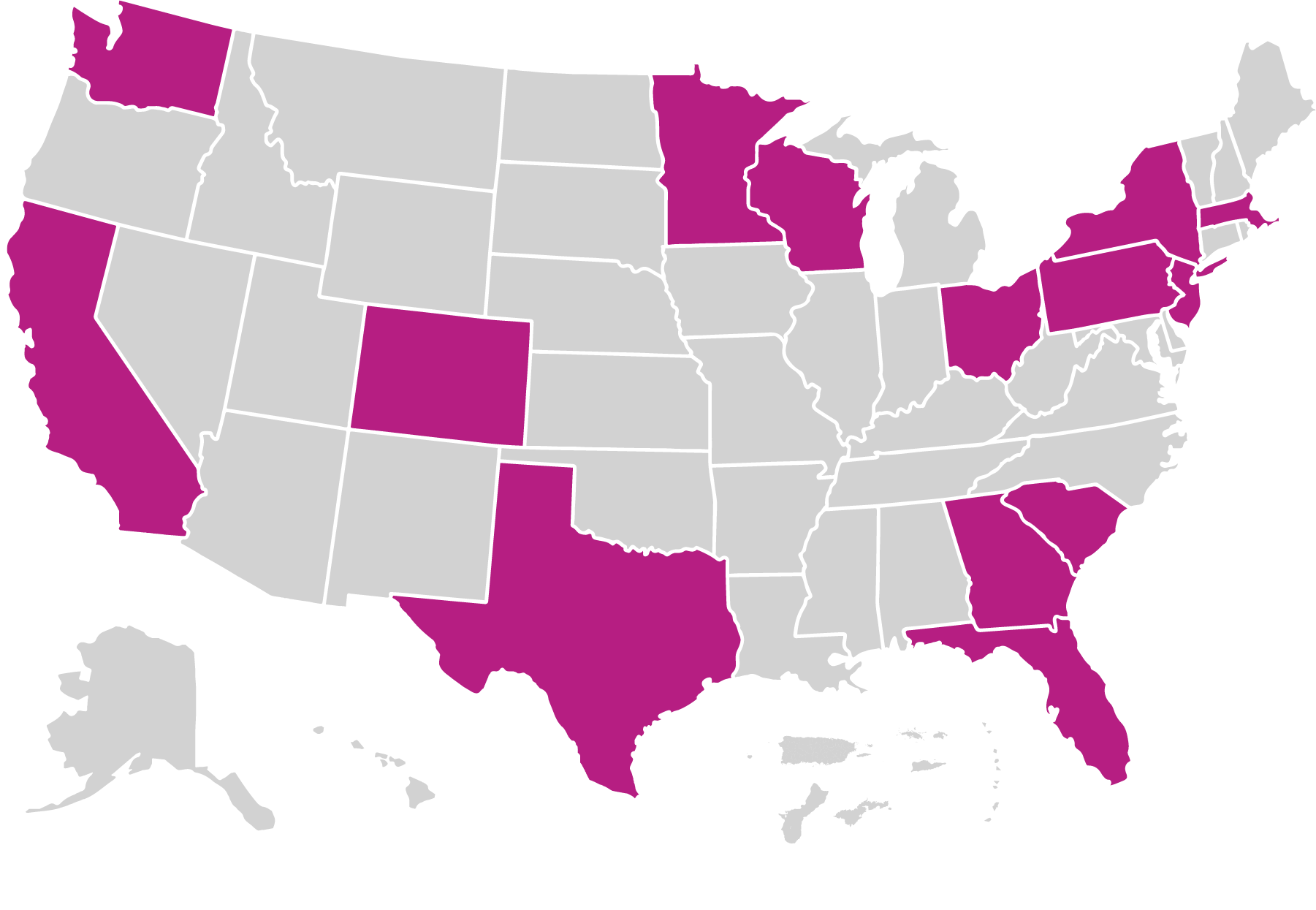ParentChild+
ParentChild+, formerly called the Parent-Child Home Program, uses education to break the cycle of poverty for families with young children living furthest from opportunity. ParentChild+ has an international network of program sites that work directly with families and family child care providers to ensure children achieve their greatest potential in school and life. Highly trained early learning specialists (ELS) conduct visits with families and family child care providers to model reading, conversation, and play activities to support school readiness. See www.parent-child.org for details.
What is the model’s approach to providing home visiting services?
Home visits take place twice per week during two 23-week cycles, for a minimum of 46 weeks (92 visits total). Services are provided to children between the ages of 16 months and 4 years old. Children typically enter the program at 2 years old and exit as they transition to pre-K or a Head Start center-based program.
ParentChild+’s target population includes the following:
- Low-income families
- Families experiencing language or literacy barriers
- Families experiencing social isolation
- Parents/caregivers with limited education
- Immigrant/refugee families
- Families who are homeless
Who is implementing the model?
Home Visitors
ParentChild+ was implemented by 850 community-based ELS in 2018. The model requires ELS to have a high school diploma or equivalent, be fluent in their families’ native languages, share a cultural background with their families, and to have lived or worked in the communities they serve. The maximum caseload requirement for ELS is 15 families.
Supervisors
ParentChild+ was implemented by 150 community-based site coordinators in 2018. The model recommends at least a bachelor’s degree for community-based site coordinators.
Where is the model implemented?
ParentChild+ operated in 14 states in 2018. The model also operated outside the United States and its territories in Bermuda, Canada, Chile, England, and Ireland in 2018.

Families Served Through Home Visiting in 2018
Race
3% American Indian/Alaska Native
20% Asian
50% Black
<1% Native Hawaiian/Pacific Islander
23% White
2% Multiple
<1% Other
Caregiver age
3% ≤ 21 years
27% 22-29 years
62% 30-44 years
8% ≥ 45 years
Caregiver education
34% No HS diploma
33% HS diploma or GED
21% Some college or training
11% Bachelor's degree or higher
Ethnicity
39% Hispanic or Latino
Household income
100% Low-income status
Child age
2% < 1 year
87% 1-2 years
12% 3-5 years
Primary Language
35% English
34% Spanish
31% Other
